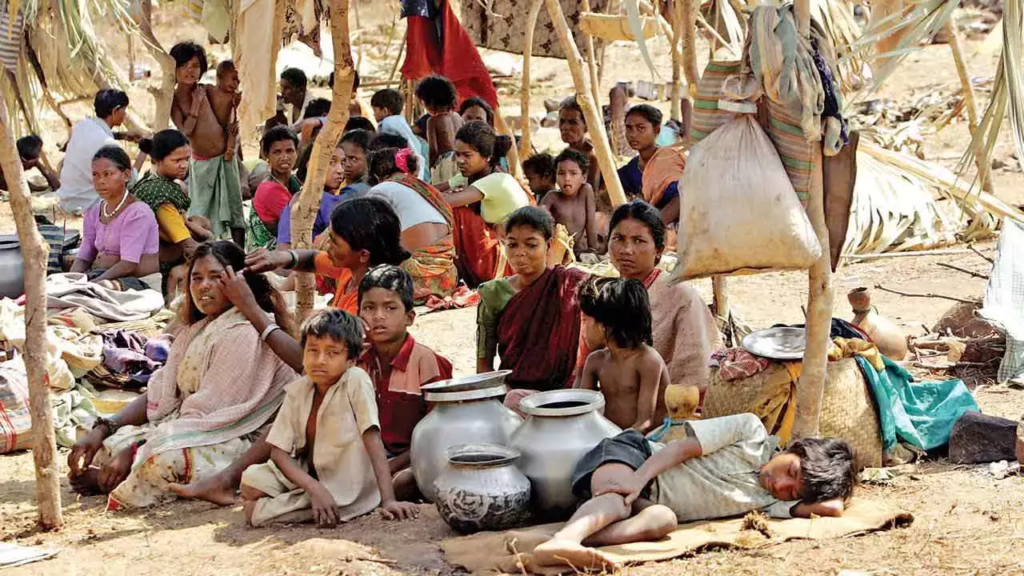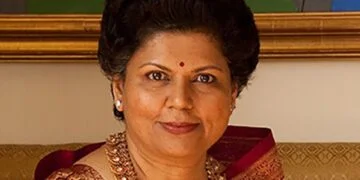Education plays a pivotal role in empowering women, breaking the cycle of poverty, and promoting gender equality. Despite significant progress in female literacy rates in India, there are still persistent challenges that hinder women’s education. This article explores the various hurdles that contribute to the existing gender disparity in literacy rates.
Disparity in Literacy Rates
Over the past 75 years, India has witnessed remarkable improvement in female literacy rates. However, there remains a significant disparity between male and female literacy rates that requires attention. The gap is even more pronounced when considering the rural-urban divide, with rural areas experiencing lower literacy rates for women.
Early Marriage

Early marriage significantly impedes girls’ education. Gender inequality, poverty, limited access to education, societal norms, and a sense of insecurity contribute to this issue. Once girls assume marital and maternal roles, societal expectations often prioritize household management and caring for children, abruptly halting their education.
Stereotypes

Cultural reluctance to allow women to leave their homes after puberty restricts their educational opportunities. Deeply ingrained mindsets perpetuate gender inequality and hinder overall women’s development.
Poverty

The prevalence of poverty often prevents parents from affording educational expenses for their daughters. Gender norms undervaluing girls’ education, combined with economic pressures, lead to higher dropout rates among girls compared to boys. This perpetuates gender inequality and reinforces the perception that investing in girls’ education is not a priority.
Limited Resources
Limited access to educational facilities poses a significant hurdle to women’s education. The absence of nearby schools forces girls to travel long distances, often through unsafe or challenging terrain, discouraging families from allowing their daughters to pursue education.
Women Teachers’ Shortage

The shortage of women teachers creates a lack of role models and mentors for girls. Competent women teachers positively impact girls’ performance and reduce dropout rates. The absence of female teachers also contributes to an insecure environment in schools, leading parents to hesitate in sending their daughters to male-dominated schools.
Inadequate Infrastructure
Insufficient infrastructure facilities, including classrooms, sanitation facilities, and learning resources, hinder women’s education. These deficiencies result in low enrolment rates and high dropout rates, creating barriers to effective learning.
Additional Barriers Faced by Girls
Girls face additional cultural and social barriers that make it more challenging for them to access and thrive in educational settings. Household responsibilities such as farm work, family occupations, household chores, and caregiving responsibilities further limit their time and energy for education.
Achieving gender equality in education is crucial for empowering women and breaking the cycle of poverty. By addressing the challenges of early marriage, stereotypes, poverty, limited resources, teacher shortages, inadequate infrastructure, and additional barriers faced by girls, societies can create an enabling environment that allows women to pursue education and realize their full potential. This, in turn, contributes to personal development, enhances economic prospects, and fosters social progress for communities as a whole.
The Hindustan Herald Is Your Source For The Latest In Business, Entertainment, Lifestyle, Breaking News, And Other News. Please Follow Us On Facebook, Instagram, Twitter, And LinkedIn To Receive Instantaneous Updates. Also Don’t Forget To Subscribe Our Telegram Channel @hindustanherald









































